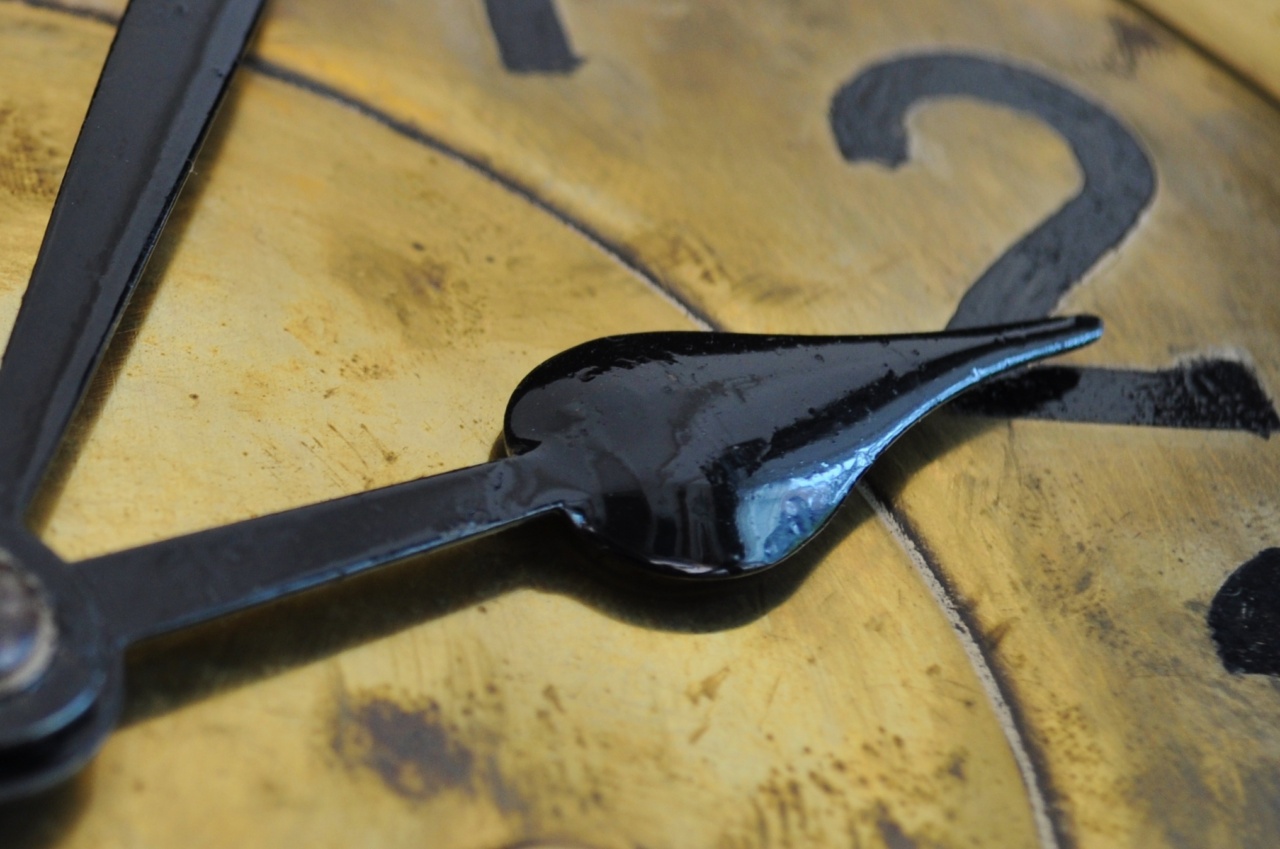Time change, such as the transition between daylight saving time and standard time, can disrupt our internal biological clock.
Our bodies have an innate sense of time, known as the circadian rhythm, which regulates various physiological and behavioral processes. This internal clock is primarily influenced by two senses: vision and light perception, and hearing and sound perception.
Vision and Light Perception
Our visual system plays a crucial role in helping us synchronize our biological clock with the external environment. The most important cue for our internal clock is the presence or absence of light.
Light acts as a potent time cue, especially the intensity and spectral composition of light.
Specialized cells in our eyes, known as intrinsically photosensitive retinal ganglion cells (ipRGCs), contain a photopigment called melanopsin that responds directly to light and transmits this information to the brain’s suprachiasmatic nucleus (SCN).
The SCN acts as the master clock in our brain, coordinating and aligning various bodily functions with the light-dark cycle.
When light enters our eyes, particularly in the morning, it suppresses the production of melatonin, a hormone that promotes sleep and regulates our natural sleep-wake cycles. This suppression of melatonin signals the start of the active phase of our circadian rhythm. In the evening, when light levels decrease, melatonin production increases, signaling the onset of the sleep phase.
However, during time change, especially when we move our clocks forward, there is a discrepancy between our internal clock and the external light-dark cycle. It takes time for our biological clock to adjust to the new schedule.
In the case of moving the clock forward, our internal clock is still aligned with the old time, and the morning light appears dimmer than expected. This delay in receiving the expected light signal can lead to temporary sleep disturbances, sluggishness, and even mood changes.
Similarly, when we move our clocks back, there is a sudden exposure to brighter morning light, which can lead to early waking and difficulty falling back asleep.
The misalignment between our internal clock and the external light signal can result in a phase shift, disrupting the timing of various physiological processes.
Hearing and Sound Perception
Although vision and light perception play a predominant role in regulating our biological clock, hearing and sound perception also contribute to the synchronization of our internal clock.
Sound can act as a potent zeitgeber, a term used to describe external cues that entrain or reset our circadian rhythm. For example, the sounds of birds chirping in the morning or the alarm clock ringing can help signal the start of the active phase.
Sound exposure during specific times of day can affect the timing of our biological clock. There is evidence that exposure to certain types of sound, such as white noise or nature sounds, can promote relaxation and improve sleep quality.
On the other hand, exposure to loud or jarring sounds during the evening or nighttime can disrupt sleep and alter our circadian rhythm.
During time change, sound can also play a role in helping us adjust to the new schedule. For example, using a consistent alarm sound in the morning can serve as a cue to start the day and synchronize our internal clock with the new time.
Similarly, incorporating calming sounds or soothing music in the evening can promote relaxation and aid in the transition to the sleep phase.
Other Factors Influencing the Biological Clock
While vision and hearing are the primary senses involved in regulating the biological clock, other factors can also influence its functioning.
For instance, temperature can act as a time cue, with cooler temperatures signaling the onset of sleep and warmer temperatures promoting wakefulness.
Social cues and daily routines also play a role in entraining our circadian rhythm. Regular meal times, physical activity, and social interactions help reinforce the timing of various physiological processes and aid in the adjustment to time changes.
Strategies for Adjusting to Time Change
When faced with time change, there are several strategies that can help regulate our biological clock and minimize the disruptive effects:.
- Gradual time adjustment: Start adjusting your routine a few days before the time change by going to bed and waking up slightly earlier or later, depending on the direction of the change. This gradual adjustment can help your internal clock align with the new time more easily.
- Exposure to natural light: Spend time outside in the morning, especially during the early hours. The morning light helps signal wakefulness and synchronizes your internal clock with the new schedule.
- Limit exposure to bright lights in the evening: Minimize the use of electronic devices, such as smartphones or computers, before bedtime, as the blue light emitted by these devices can decrease melatonin production and delay sleep.
- Establish a relaxing bedtime routine: Engage in activities that promote relaxation and signal the start of the sleep phase. This can include reading a book, taking a warm bath, or listening to calming music.
- Avoid caffeine and stimulants close to bedtime: These substances can interfere with sleep quality and delay the onset of sleep.
- Create a sleep-friendly environment: Ensure your bedroom is dark, quiet, and cool. Use blackout curtains or an eye mask to block out any unwanted light and consider using earplugs or white noise machines to minimize disruptive sounds.
- Stick to a consistent sleep schedule: Try to maintain a regular sleep-wake routine, even on weekends or days off. Consistency helps reinforce your circadian rhythm and makes adjusting to time changes easier.
Conclusion
The role of vision and light perception, as well as hearing and sound perception, in regulating our biological clock is undeniable. These senses act as powerful cues that help align our internal clock with the external environment.
During time changes, such as transitioning to daylight saving time or standard time, disruptions to our circadian rhythm can occur. By understanding the impact of these two senses and implementing strategies to adjust to time change, we can minimize the negative effects on our sleep, mood, and overall well-being.































